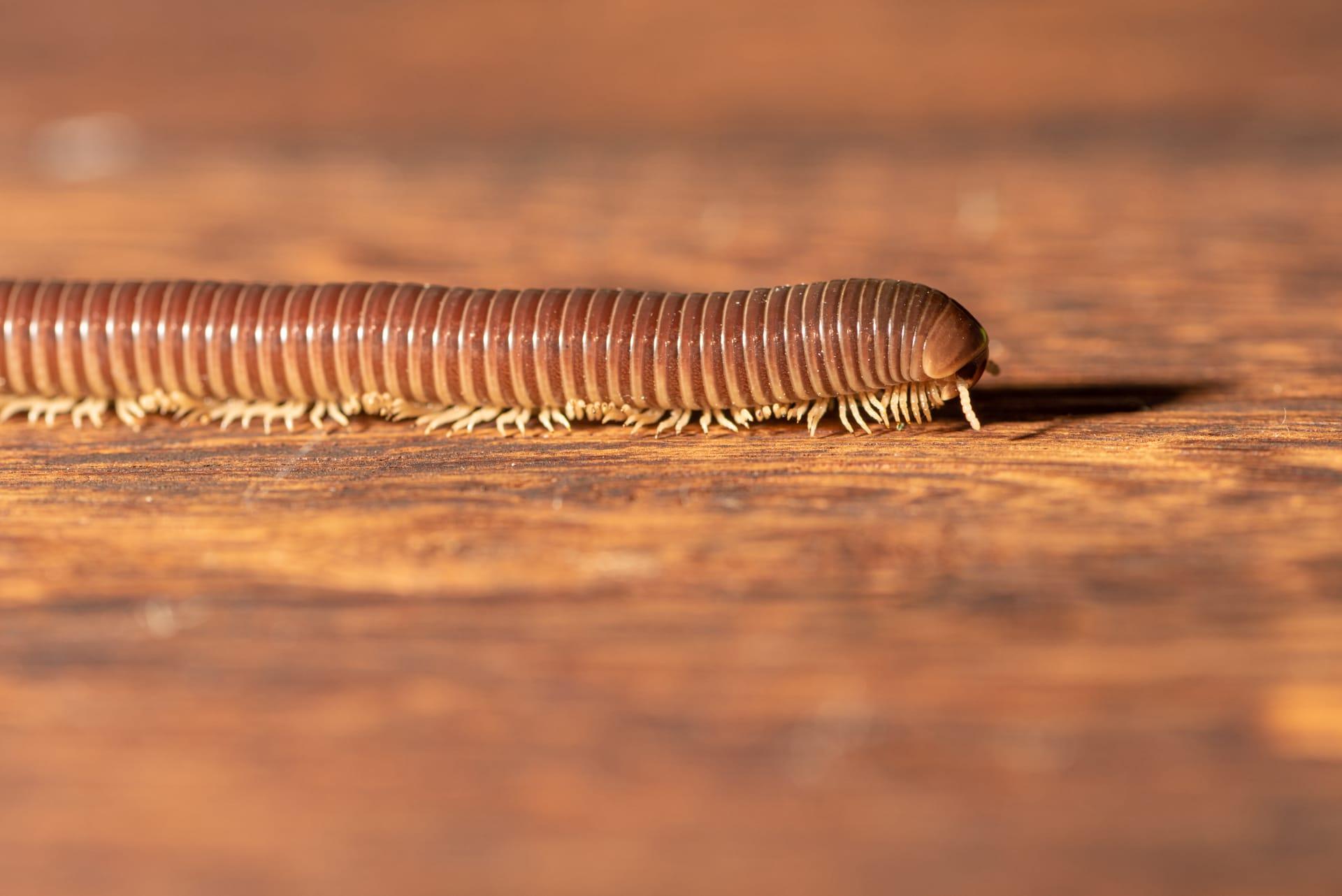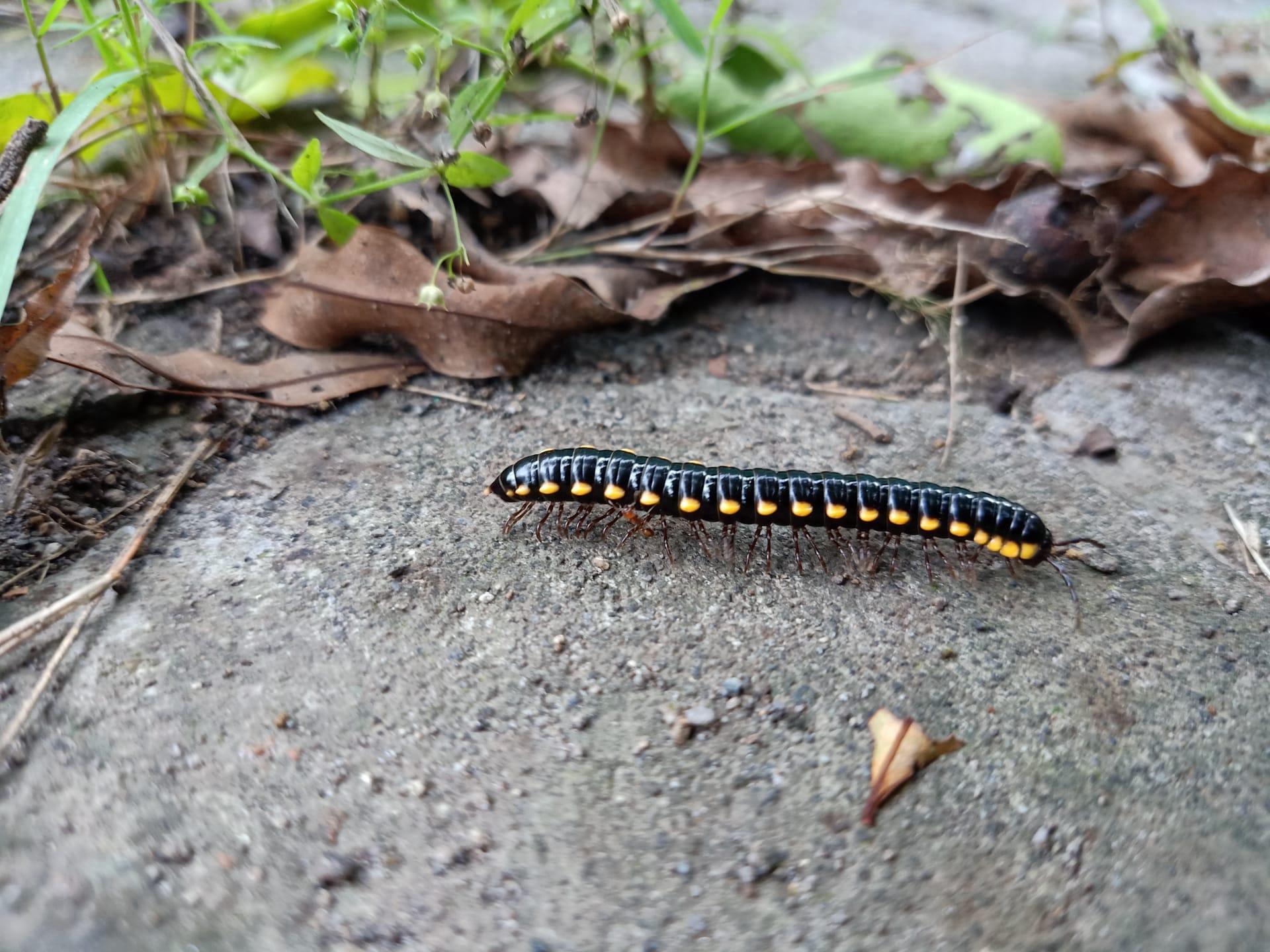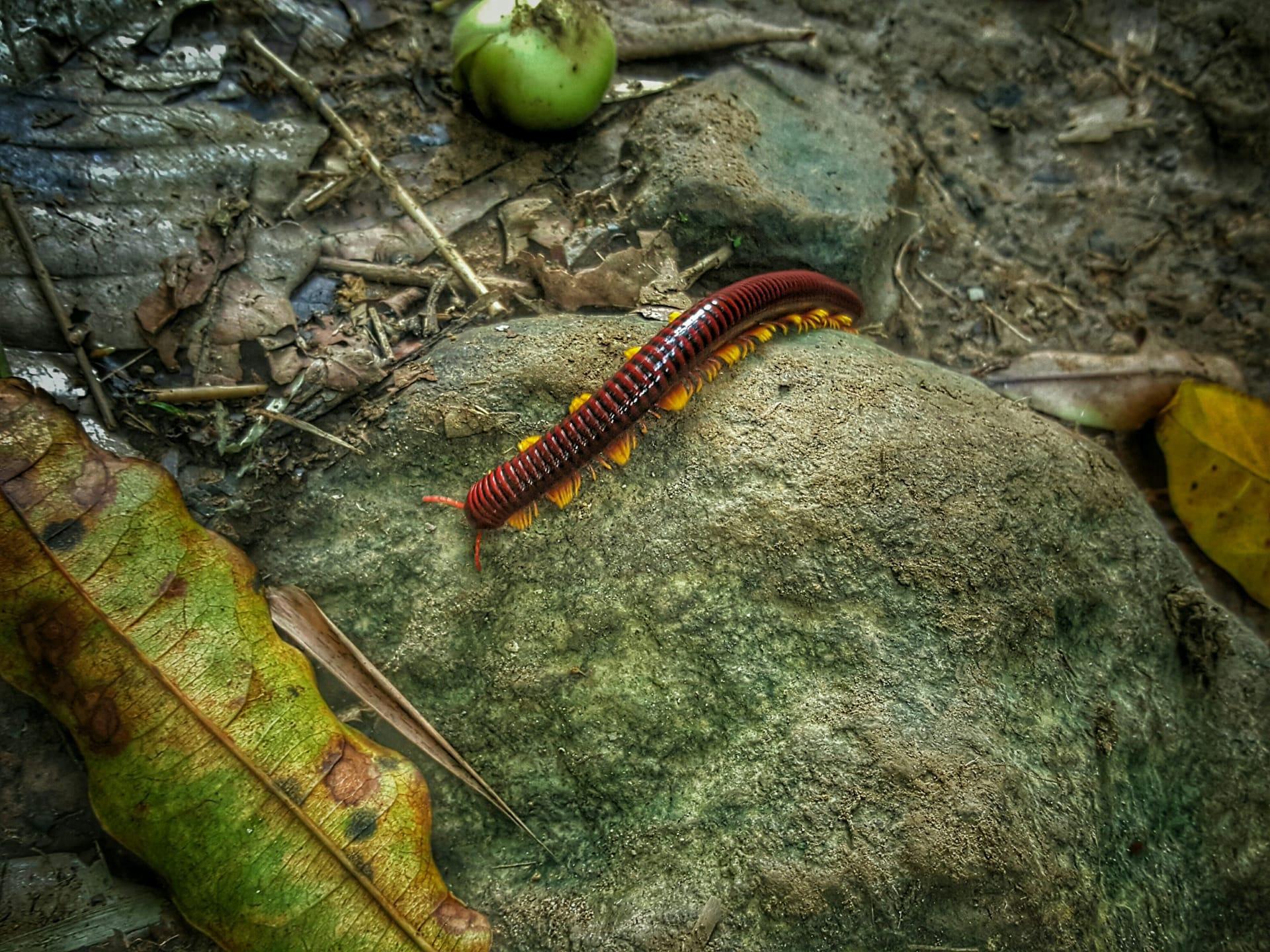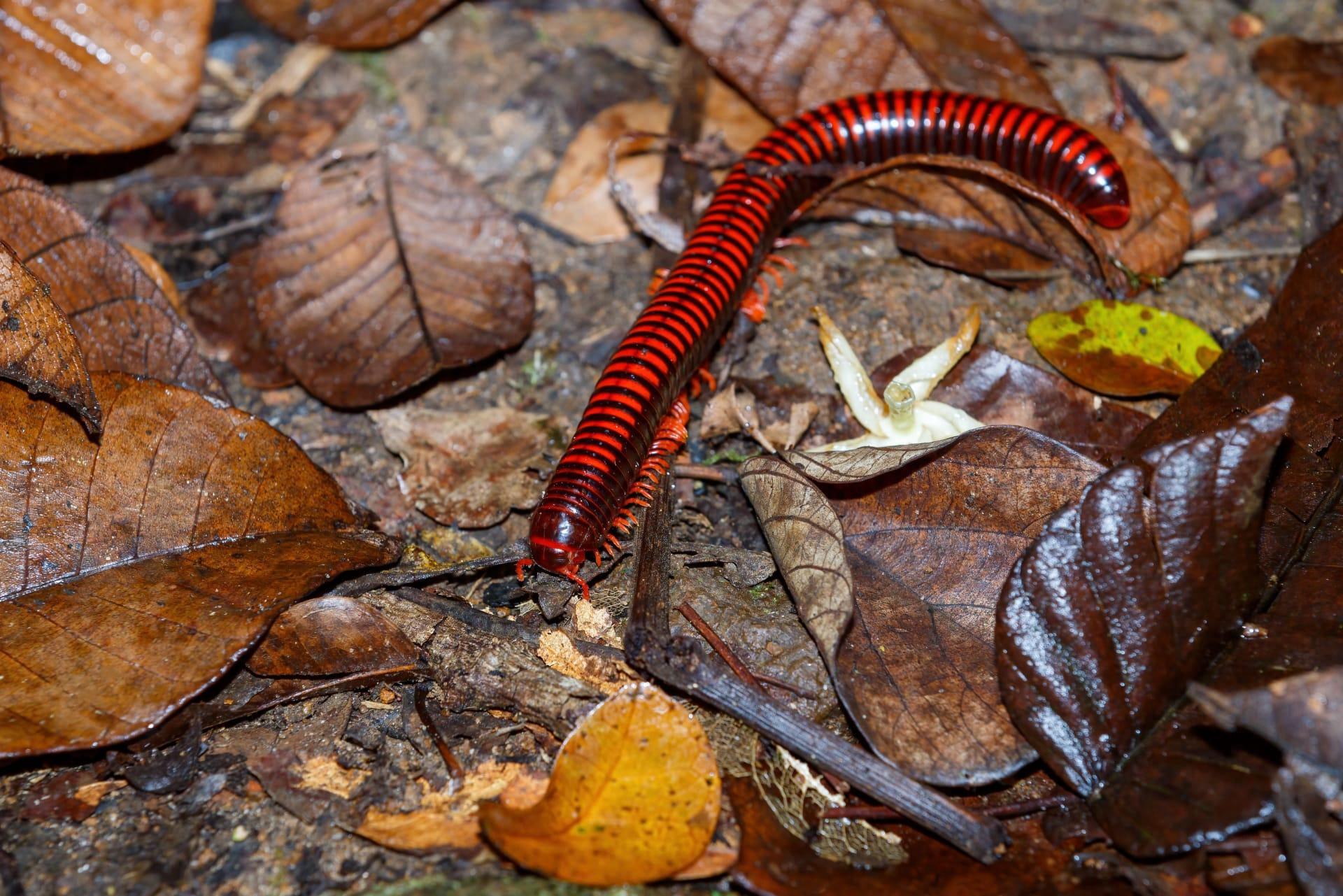Centipede Trivia
- Home /
- Trivia Question /
- Animal /
- Centipede Trivia
1
Question: How many legs does a centipede actually have, and does the number vary among species?
Answer: Contrary to popular belief, centipedes don't always have 100 legs. The number of legs varies between species, typically ranging from 30 to 354. Each species has an odd number of leg pairs. For example, the common house centipede (Scutigera coleoptrata) has 15 pairs of legs.
Question: What is the lifespan of a centipede, and does it differ in the wild vs. captivity?
Answer: Centipedes have varying lifespans depending on the species. On average, they live between 3 to 7 years. Some larger species can live up to 10 years. In captivity, with optimal conditions, centipedes tend to live longer due to the absence of predators and steady food supply.

2
Question: Do centipedes bite and are they poisonous?
Answer: Centipedes do bite and are venomous, but their venom is generally harmless to humans, causing only mild discomfort. Larger species can inflict a more painful bite, but it's rarely dangerous unless the individual is allergic to the venom.
Question: Can centipedes regenerate lost legs?
Answer: Yes, centipedes can regenerate lost legs. If a leg is lost, a centipede can regrow it over time, although the new leg might be slightly shorter or differ in appearance compared to the original.

3
Question: What do centipedes eat, and how do they catch their prey?
Answer: Centipedes are carnivorous and primarily feed on insects, spiders, and even other small creatures like worms and mollusks. They catch their prey with their venomous jaws (forcipules) that not only help in catching but also in injecting venom to immobilize the prey.
Question: How fast can centipedes move, and what makes them agile hunters?
Answer: Centipedes are surprisingly fast and agile. They can reach speeds up to 1.3 feet per second. Their speed, combined with their flexible bodies and numerous legs, makes them efficient hunters, capable of quickly maneuvering around obstacles and catching prey.

4
Question: Are centipedes solitary or social creatures?
Answer: Centipedes are predominantly solitary creatures. They spend most of their life alone, except during mating season. They are also territorial and often aggressive towards other centipedes, which is why you rarely see them in groups.
Question: How do centipedes adapt to different environments?
Answer: Centipedes are adaptable to various environments. They are mostly found in moist and dark areas like under stones, logs, or leaf litter. Some species are adapted to live in desert climates, controlling water loss through their exoskeleton and breathing through spiracles to minimize moisture loss.

5
Question: How do centipedes reproduce, and what is unique about their mating process?
Answer: Centipedes reproduce through a process where the male deposits a spermatophore for the female to take up. In some species, the male performs a courtship dance to attract the female. The female then lays eggs in a moist, protected area. Some species display maternal care, guarding the eggs until they hatch.
Question: Do centipedes have good eyesight, and how do they sense their environment?
Answer: Centipedes generally have poor eyesight and rely more on their antennae to sense their environment. Their antennae are equipped with sensory organs that detect touch, vibration, and chemicals, helping them navigate and find prey in the dark.